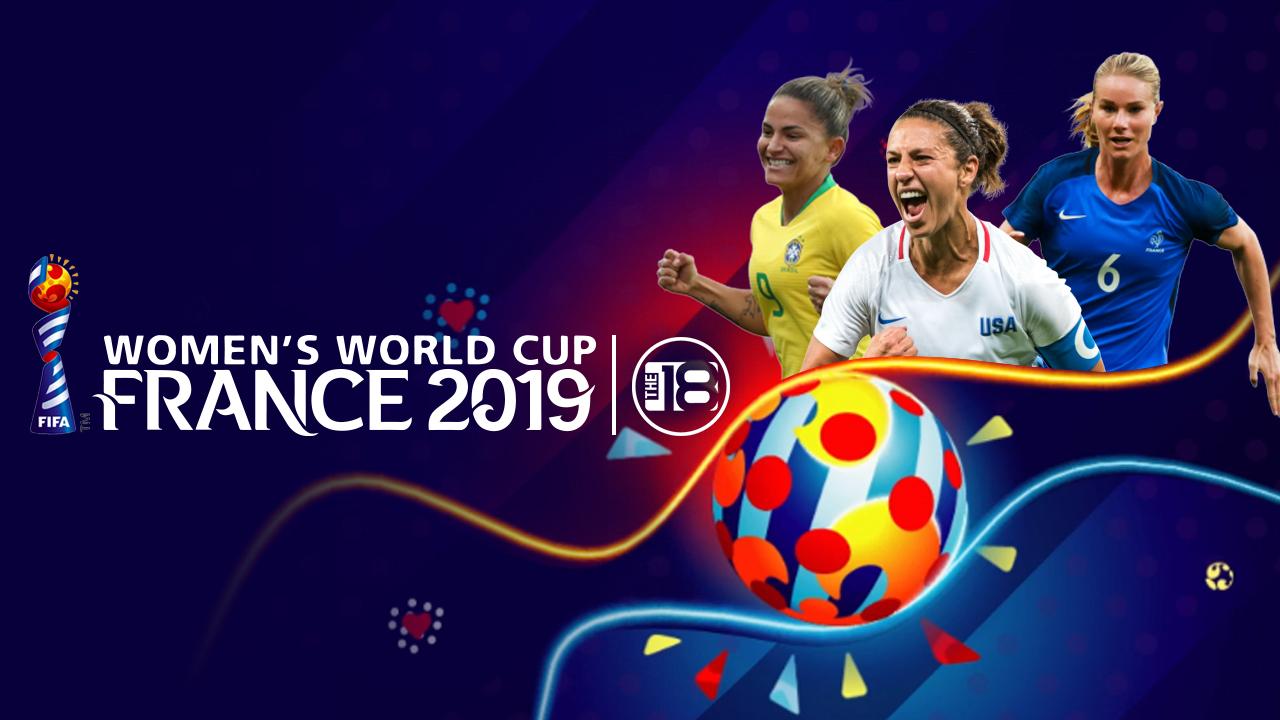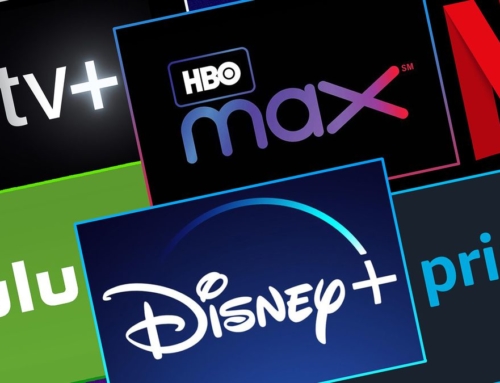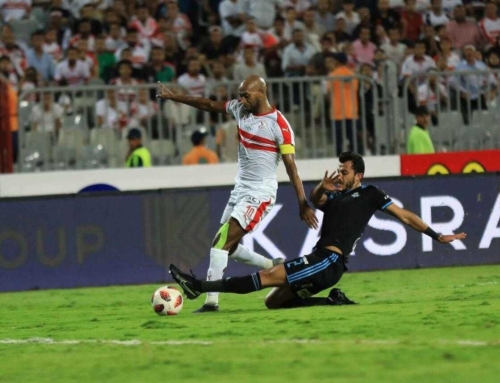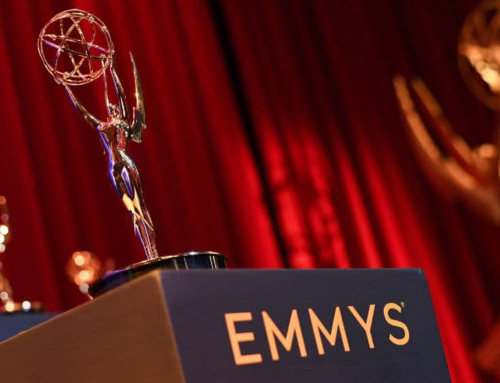2019 has, so far, been another big year for major sporting events. Of course, the Super Bowl brought in millions of viewers and, in turn, millions of dollars for advertisers as it always does. More recently, both the NHL and NBA playoffs dominated headlines with the NBA finals between the Toronto Raptors and Golden State Warriors attracting the largest viewership in the league’s recent history. While these marquee events captivated audiences in very tangible ways — from the plethora of social media hashtags to advertisers cashing in — a similar marquee event is suffering a very different fate right now. The 2019 FIFA Women’s World Cup is currently underway in France but has failed to capture the attention of audiences in ways similar to the aforementioned events. Given the athletic prowess currently on display in stadiums across France, the fault does not lie with the athletes or teams themselves though. Instead, something much larger is at play.
On the ground, a ticket for the quarter-final game between the United States and France is hovering around $800 USD. While this cannot compare to the prices for a ticket to any of the final NBA games, it’s still a hefty price that proves there is a passion and an audience for women’s soccer. If you ask any soccer fan, there is a surge of anticipation ahead of Friday night’s game, which could determine the outcome of this year’s World Cup. The rivalry is a hotly contested one and the match is sure to bring out the best in these athletes which will make for a thrilling game. Why then has FIFA refused to advertise the match — and the tournament in general — with the same ferocity they do for their other events?
The 46,000 seat stadium is expected to be filled with an even split between travelling US fans and France fans. Those in the stadium are well aware, and have been for some time, of the event. However, in Paris, the city where the game is being played, there is little indication of the event happening at all. Aside from a few billboards and posters scattered across the city, soccer fans and officials alike have complained that very little attention is being put into marketing efforts for this year’s World Cup. In a recent investigation, the BBC found that instead of advertising the World Cup, Paris Metro maps still feature ads for a rugby tournament that ended weeks ago. Similarly, you’d be hard-pressed to find any fan festivals within Paris or any restaurants and bars welcoming fans with an “official beverage” for the event.
The investigation noted that smaller host cities in France are doing even less marketing and that nothing has been spent on marketing in other European cities even though Europe has a plethora of teams competing and boasts a very healthy appetite for the sport all across the continent.
It’s difficult not to notice these failings in the Women’s World Cup when you consider the amount of fanfare that went into last year’s World Cup efforts in Russia. It’s even more difficult to go unnoticed when you consider the fact that FIFA has already begun advertising for the 2022 World Cup in most major cities worldwide.
Thankfully, despite lackluster marketing, fans have still shown up in droves both in person and on television screens worldwide to support the event and its athletes. Fox Sports has reported historic ratings for the event in the US with an average 1.07 million viewers; an increase of 16% from the 2015 tournament and a staggering 92% increase from the 2011 tournament. In the UK, television viewership peaked at 6.9 million during last week’s game against Cameroon, with a 40.5% audience share, meaning that nearly half of the country was watching the match. This means, however, that the lack of marketing simply amounts to bad business practice as this could have become a huge opportunity for brands and advertisers to capitalize on an event that fans are obviously interested in.
When asked about the lack of marketing, a FIFA executive told the BBC: “One of the main promotional objectives is to maximize the audience — both in front of their screens and in the stadiums. Even though outdoor advertising is part of that campaign, it is only one of the several platforms deployed in this phase. In Paris, the outdoor advertising centralized around the stadium and around the FIFA fan experience.”
What about the rest of the world that is watching though? Given the fact that not even a single viewing party has been organized in Paris — as it was for the 2016 European Championship outside of the Eiffel Tower — FIFA’s supposed efforts have been disproportionately allocated to say the least.
It’s a shame that FIFA, and their advertisers, haven’t capitalized on this event as television broadcasters have reported record viewership numbers worldwide. As noted in their profile of FIFA’s missed opportunity, Yahoo Sports summed it up best in saying: “Women’s soccer has come an astounding distance over the past couple of decades, with the quality of play rising. The competition is tremendous. The fan base is diverse. The storylines are rich. The action and anticipation are capturing attention.”
It’s not surprising that in 2019 many female athletes are asking to be paid the same rates that their male counterparts are. What’s surprising is the fact that these requests, across many sports, have been denied. Skill and athletic prowess is at the forefront of this years Women’s World Cup, and while diehard fans have seen that for years, audiences worldwide are finally starting to respect that and pay attention. Given this obvious fact, it’s especially unfortunate that advertisers and FIFA, the organizers of the event, continuously fail to recognize this themselves.











Leave A Comment
You must be logged in to post a comment.